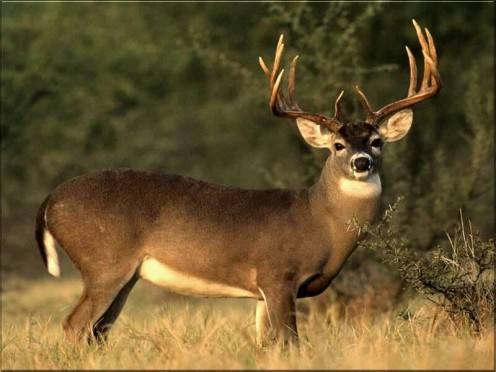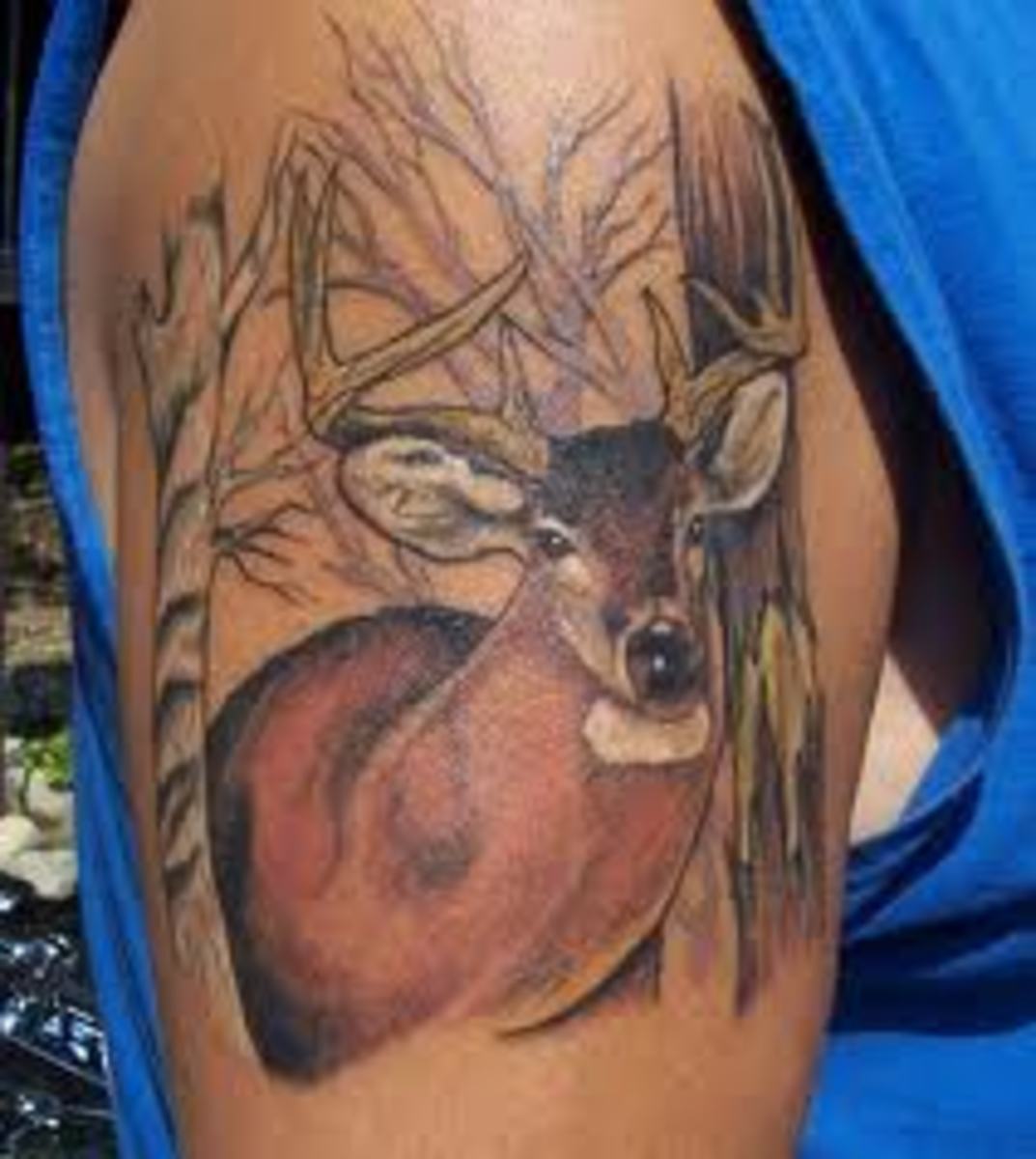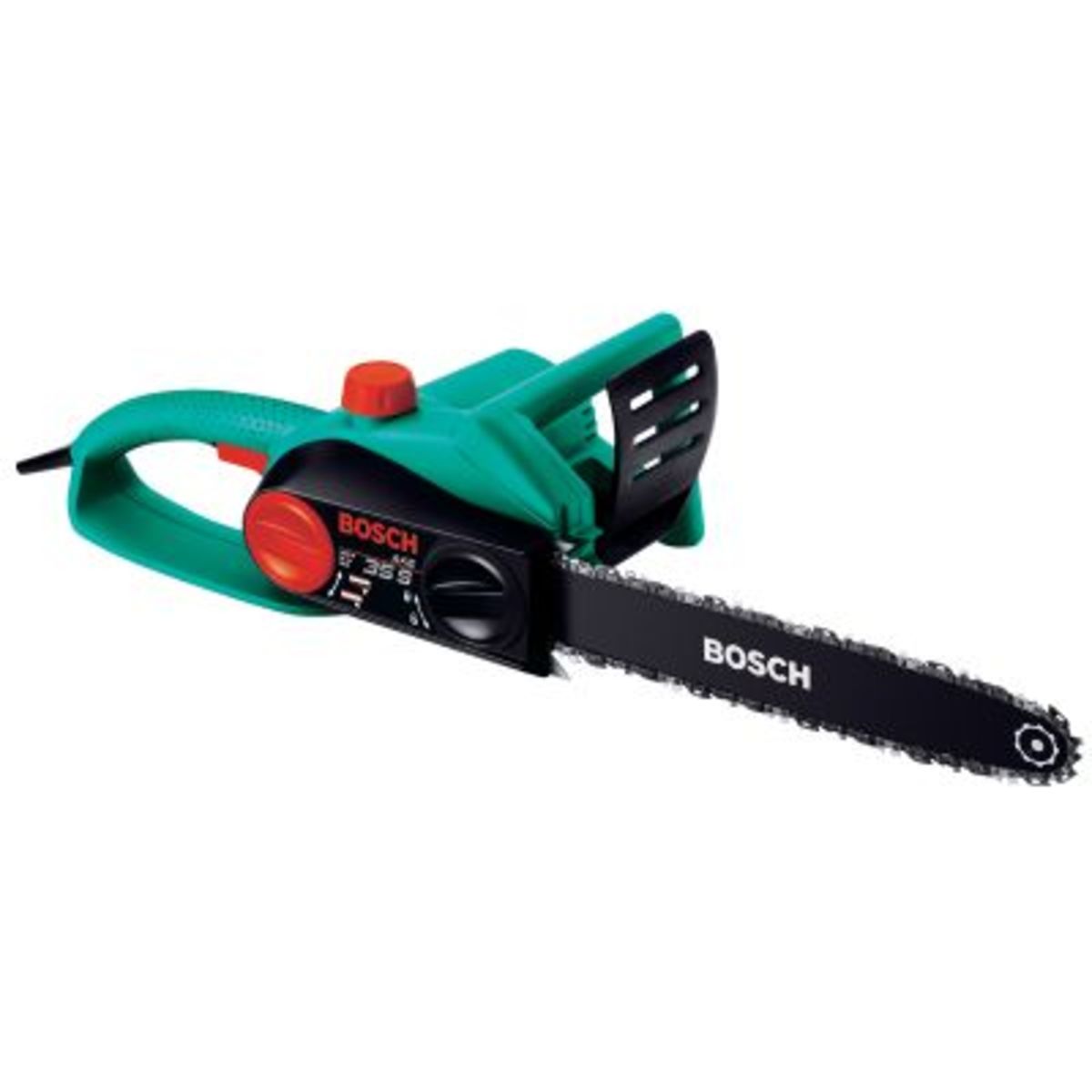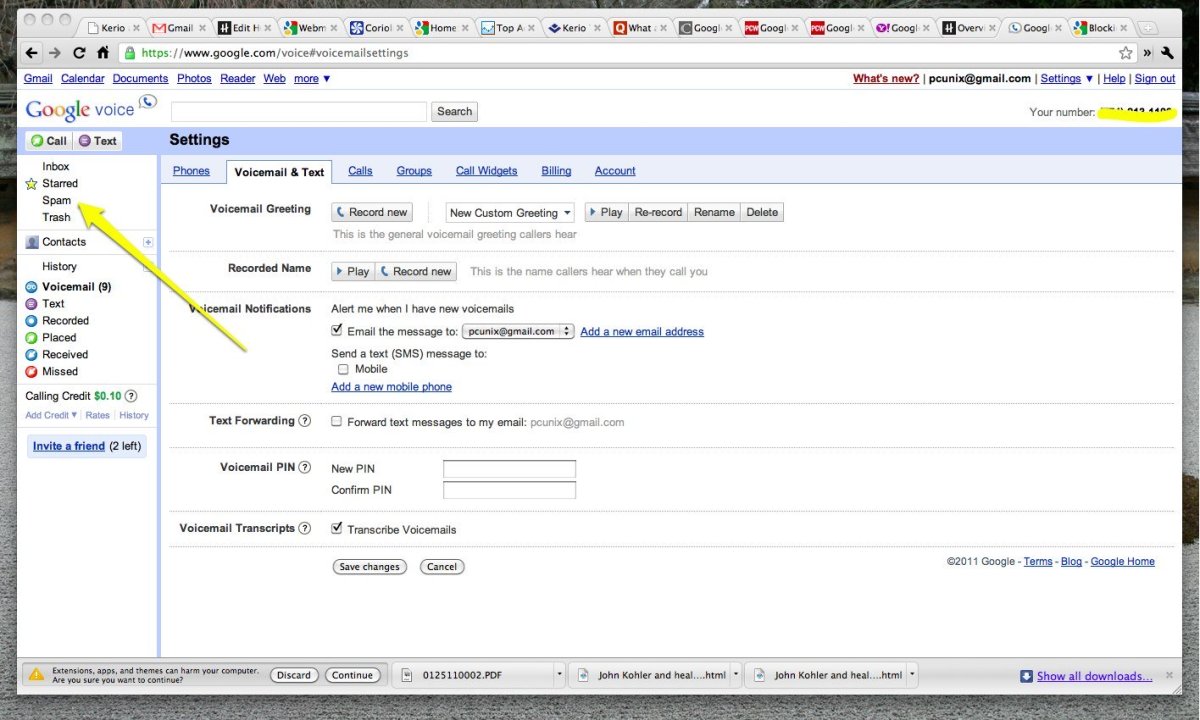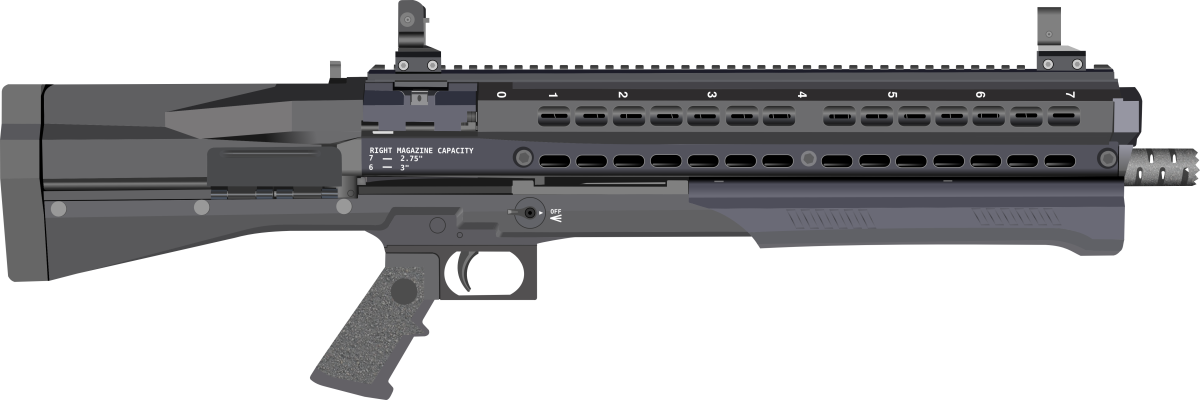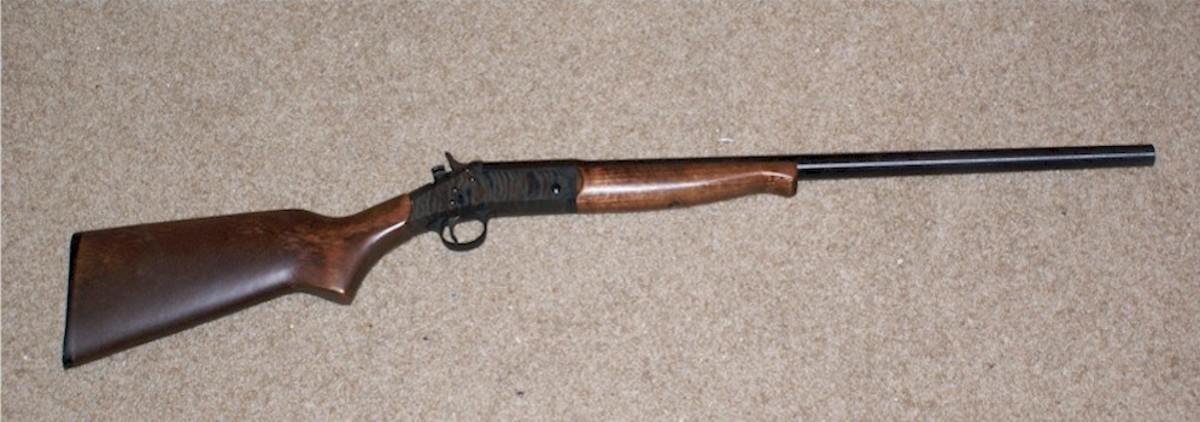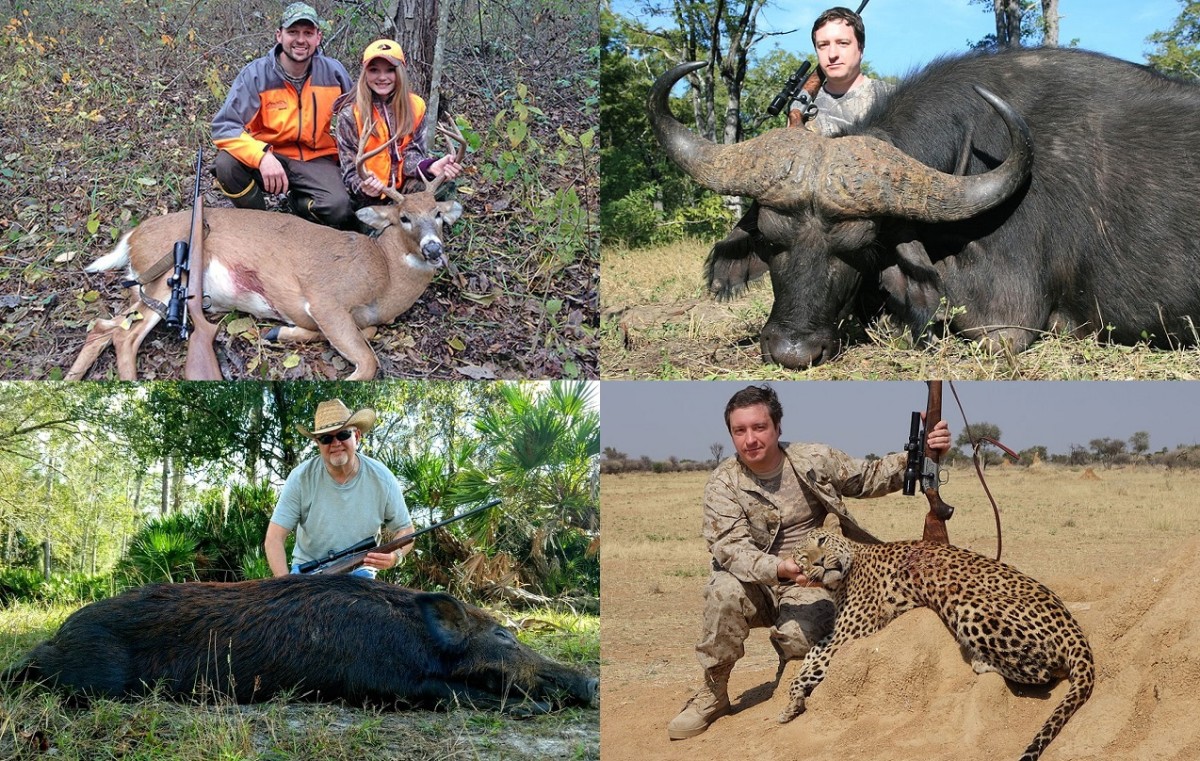Doe Bleat or Buck Grunt? The Beginners Guide to Using Whitetail Deer Calls
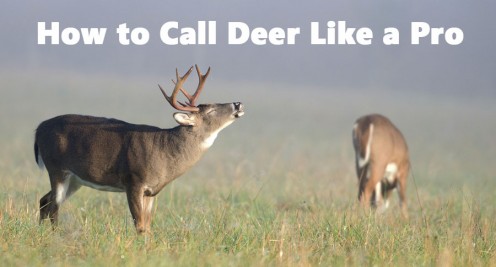
Buck Grunting and Doe Bleating...How to Make Sense of it All
When new to hunting, you want to make your hunt as stress free and safe as possible. With so many different options for deer calls on the market, it can be a little bit overwhelming for beginners to figure what will work best in the deer woods. In this short guide, I’m going to go over each of the main types of deer call products, explaining the specific uses for each type.
The type of deer hunting call you’ll want to use depends largely on the rut phase. Certain calls, when used at the wrong point of the season, will sound unnatural to the deer and will spook them. Using the right call in the right season will give you the best shot at a successful lure. The Biblical verse from Ecclesiastes certainly applies here, "for everything there is a time and a season." Yes, I paraphrased that, but when it comes to success in the deer woods...you have to speak the language. The language of the coveted whitetail that is. However, its not enough to be able to speak the language, it must be spoken accurately AND at the right time during deer hunting season.
Extinguisher Deer Calls: My #1 Choice for Amateurs or Pros
Lets Start With the Pre-Rut
At the start of the season, during the pre-rut period, your tool of choice should be a grunt call. A grunt call is a long ribbed tube made out of plastic or wood that you blow through to make low, guttural sounds. During the pre-rut phase, in early to mid-October, bucks are not yet aggressively challenging each other.
Any buck confrontations will be testing fights, rather than serious battles. At this point, so there’s no need to get too loud. The most effective strategy is a quick ten second sequence of about half a dozen grunts, ideally when a buck has been spotted. These are intended as “greeting” grunts, so don’t feel like you have to roar out a loud challenge.
If your grunt tube is adjustable, do your best to give the grunt a higher pitch so that it sounds less threatening and more like a young buck. If not adjustable, you can still modify the tone by partially covering the end of the tube with your hand. The more of the hole you cover up, the higher the tone.
Moving Further into the Pre-Rut...Change up Your Call Strategy
As we move a little bit later into the pre-rut period, around mid-late October, you should add a rattling bag or antlers to your repertoire. These tools (typically made out of high-resonance plastic) are used to create the sounds of bucks sparring—the closer you get to the rut period, the more bucks will start to challenge each other in displays of dominance.
Feel free to get a little bit louder with the grunt call, and mix your grunts up with some rattling. When using the rattling tools, start slowly before building to a climax. At the same time, you don’t want to get too loud. Remember that you’re trying to imitate the sound of deer sparring, not bighorn rams. Try to take a break of 20-30 minutes after each session for a more realistic soundscape.
More In Depth Tips for Successful Calling
Let the Games Begin...The Rut is Finally Here
As you start into the rut period, you can get even louder and more aggressive with the grunt tube. The lower tone of a dominant buck will draw a better response, so don’t cover up the end of the tube. A 20 second sequence of louder grunts serves as a clear challenge to any buck within earshot.
Try to mix up the volume and tone of the grunts. You can adjust both of those by widening and shrinking your mouth, or by simply blowing more forcefully. Listen to a video of actual deer grunting and you’ll notice the wide range in tone and volume—a monotone string of grunts will sound unnatural. The rut is when you can also use so-called “roar calls”, grunt tubes that are specially designed for loudness.
Entering the rut season also means its time to break out the bleat call. Similar to the grunt call, this shorter tube recreates the sound of a doe calling out for some company. Blow three or four short notes through the bleat tube when you spot a buck and he’ll think there’s an eager doe nearby. During this part of the phase, you can also keep using your rattling tool and the grunt call.
Another set of tools that can be used in substitution of the bleat call are bleat cans. These nifty gadgets require no musical talent whatsoever. Simply flip the can upside down, and it projects a doe’s call. Bleat cans usually come in three different types – fawn cans, which imitate the distress call of a fawn; ordinary doe bleat cans; and estrous cans, which imitate the call of a doe in heat.
Estrous cans are obviously most useful during the rut phase, while ordinary doe bleats and fawn calls can be used throughout the season. A fawn can in particular is a great way to lure in does—if you use one during the rut, the doe might even have a buck in tow. But you should also be prepared for the possibility that your call might bring in a predator.
Post-Rut
In the post-rut period, switch back to a softer, less aggressive tone. At this point in the season, the bucks are exhausted from the rut period and will be focused on grazing and adding weight for the winter. Bucks will be much less interested in investigating sounds. Aggressive calls will be almost completely ignored—soft, short greeting calls will have a better response rate. This is the most difficult part of the season to call bucks, and patience is required.
Leave Your Buck Grunt or Doe Bleat Call at Home? Try a "Homemade Grunt"
The Homemade Grunt
When in the deer woods, the last thing you need to mind is your manners. Yes, you heard that right...just don't tell your mother I said so. A good old fashioned belch is what you need. Of course training your belching abilities to be more guttural and deer-esque will greatly add to your success.
With practice you may even find that you can retire the plastic tube and rely solely on your "musical" abilities.
The Wheezing Snort
This next "homemade" deer utterance is as plain as the nose on your face. It is also as equally unmannerly as the grunt mentioned above. This one is best done with a clear nose for obvious reasons. It is really quite simple, only requiring you to close one of your nostrils and blow two quick bursts of air and end with a longer diminishing burst. Used along with some healthy belching grunts, the young bucks will be making a beeline to your stand.
Doe Bleat
To emulate the doe bleat, you must create more of a "mewing" sound and less of a guttural tone than required to do the grunt. This one may take a bit more practice than the other two, but can be very effective when done properly.
A Final Thought
My goal has been to educate beginners as well as seasoned hunters on the different types of deer calls and (as important) when to use the proper call. This guide is not necessarily comprehensive as you may have tips and techniques that work well for you.
Please feel free to tell me if you have found this information to be helpful and leave me any feedback in the comments section below.
Here's to happy, successful, and safe hunting!
Proper Technique will Bring in the Big Bucks
